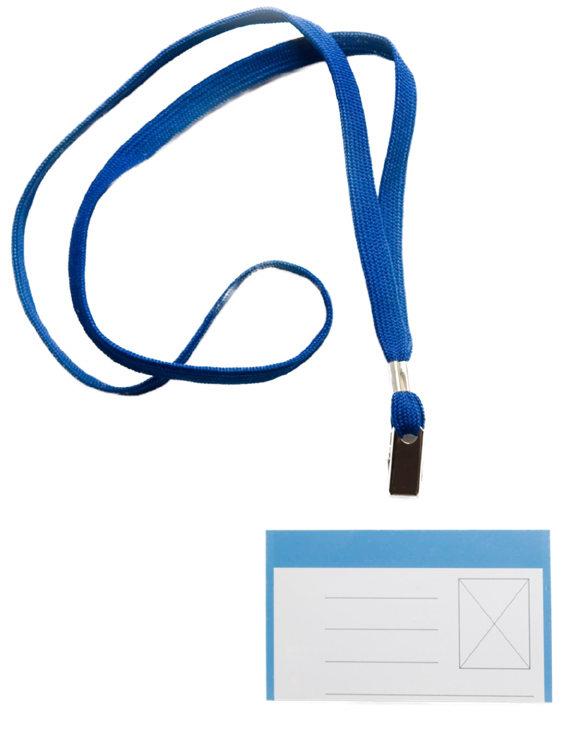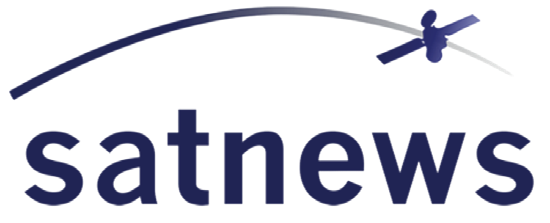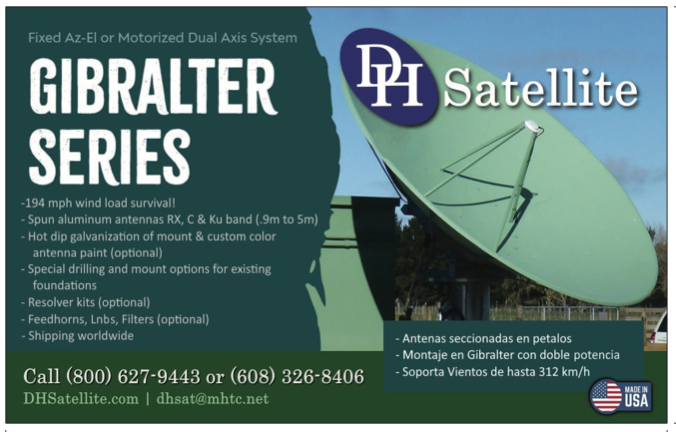Pre-Launch
Prior to any satellite or space launch, the manufacturers and the customers dive deep into the heritage or claims of the launch providers. They do the best investigations they can to ensure what the providers state they are capable of are, in fact, true.

Without such exams and subsequent claim verifications — and sometimes even with them — the launches themselves turn into extremely expensive debacles that cause stock and/or reputations to suffer abominably. Sometimes such occurrences lead to the complete cessation of business for the providers or spacecraft manufacturers; other times, such negative outcomes provide the parties with highly pertinent data that enables them to improve subsequent performances, enabling them to improve their standing within the commercial and military/agency/government (MAG) within the satellite and space business communities.
Similarly, such also applies to the seemingly inexhaustible parade of trade shows, industry events and company visitations. Messaging and emails that promote this new event and that just-formulated conference can become so bothersome that the receiver tends to activate the delete icon before reading the promotional material.
This is where show heritage plays such an important role when considering trade shows and conferences. Taking a chance on an unknown offering can be risky — potential attendees and companies must engage in due diligence in investigating the exposition before committing to their presence at the event.
Due Diligence
To ensure competency with a particular event, wise managers and their staffs should dig into the background of the venue, the backgrounds and reputations of those initiating the event, and, yes, the venue’s location. The latter is important as “all work and no play”(the proverb that was initially published in 1659) continues to apply today.
If a show runs for indeterminate hours, or is situated in a location that has little to engage in after hours, odds are attendance will definitely suffer. Spending a grueling 10 to 12 hours in a booth or attending meetings or visiting those on the show floor can certainly lead one to wish for a cooling beverage or some area where one’s feet can be propped up for a while.
The internet provides an inexhaustible supply of leads to such past gatherings, and reviews of online social networks (socnets) can certainly add ratings opinions and attendee commentaries to these expositions.
Always consider the source when reading any commentary… if a negative review or reviews are posted, determine if members of an opposing company are involved in those postings. If so, a grain of salt should be applied to those postings.
Swoop into the individual’s LinkedIn or X or Discord or other online account to determine the veracity of the posted comment(s). Certainly, if there are a profusion of negative comments from a variety of individuals, the weight of such notes should certainly be taken into account. Likewise, if the postings are highly positive in lofty numbers, this could certainly be an indication that the event was beneficial and worth the investment to attend.

Check out the trade show’s internet and socnet postings for the show… see who has been engaged to present Keynotes, the subject matter experts that will be populating the panels and who the moderator(s) are for the panels.
On-Orbit
Are trade shows somewhat outmoded in today’s world of digital empowerment, where companies would prefer their employees and staff stay home and work via their online equipment? As Forbes stated in a past Money column, “Nothing could be further from the truth.”
These events are expensive as well as consumptions of time, energy and travel. These national and international events are becoming more and more crowded; however, they do remain important to all who wish to remain at the top of his or her game. To ignore all trade shows is risky. And without proper planning for the event, such can result in fumbled product presentations, an ineffective marketing presence as well as an assumed lack of dynamic company leadership.
For new firms, attendance at trade shows is an important exercise in learning more about the industry and the various market segments. The satellite and space industry is extremely broad in scope and a new business or employee may feel overwhelmed by the size of the venue.
This is where the ‘Due Diligence’ mentioned above comes into play. For the new employee, manager or executive, mapping out the businesses and presentations that fit the mode of your company or organization is important prior to arriving at the venue. Knowing where to go… and when… will save time as well as frustration.
One of the major plusses of trade show attendance is the ability to strengthen previous relationships and to garner new business, improve new and established personal contacts and visit booths to note the latest technologies and services. Planning ahead can result in these visits being far more productive.
Walkabouts can offer a total surprise as one tours the venue, examining stands, attending presentations and keynote speeches, and running into associates on the show floor. Encounters during breaks and meals are also highly rewarding.
Finding those you had always wanted to meet and greet, but never had the opportunity to do so, is a positive aspect. These are rarely one sided encounters, as the other party is usually pleased to meet you as well and the result is an exchange of business cards and/or phone numbers for post-show contact and follow-ups.
All of the attendees and potential clients who are walking around the venue will eventually see your company’s booth. The name should be highlighted and visible — brand awareness is crucially important. Attendees should be able to recognize your company’s or organization’s name, they should also know the genre of the firm’s technology and make note of important products on display.
The latter can be delivered via well-designed [and not necessarily expensive] signage and product demos in booth.
Of no small import is the ability to develop and generate sales leads for a company’s product. Many of those who attend these events are usually highly qualified, decision- makers and customers.
The impact your company or organization establishes at an event can either improve a previous customer’s impression of the business operation or product, or catapult a new customer into the fold.
This does not mean a booth must be 10 feet high with disco balls and plenty of swag (although cool swag is always a tempting takeaway for attendees).
What can and does make a difference is the manner and appearance of those manning the booth. Politeness and superior product knowledge as well as the ability to garner contact information without annoying the visiting party is always of the highest order and of huge overall benefit to the displaying company.
New business relationships occur at trade shows and in more number than at most other events. This is the manner through which company growth can occur. Certainly, it is grand to have repeat business and orders; new business can drive revenues to new heights and those, in turn, can also generate new orders through word of mouth by the new customer to their customers, and so on and so forth.
There are also the opportunities to scope out attendees as prospective employees, as well. Some may seeking such opportunities when visiting your booth, while others may well be genuinely surprised that a company may be interested in their skill sets and suddenly realize a new career pathway has been opened for them.
Looking and judging your competition is a major mission when attending a trade show. Many firms do not release new product or technology information until the trade show is underway. That is the time to proceed to their locations and take serious note of what they are presenting and to deliver that data to the powers that be at your firm… if you are a power-that-be, such visitations could result in quick in-booth meetings and cell calls to the appropriate parties to determine if such competitive presentations present new ‘challenges,’ whether there is something afoot that must be met with your own innovation, or if this is a drive that can be ignored… for now.
Let us not forget the press at these events… companies and organizations plan events for the press if they are hoping for coverage in daily news or online / print magazines. Editors and writers should be encouraged to visit booths or attend specific presentations to ensure they are fully aware of what is being offered to clients and the industry.
Developing long-term press relationships is a step that is highhly beneficial, from knowing that a company’s press releases will be published to obtaining insight as to marketing plan effectiveness and more…
De-Orbit
Be certain that upon arrival back at home base to have a review of all that occurred at the venue from those who attended… information that perhaps was not passed along at the show itself may come to light… steps to be taken by the company can be analyzed and judged against what was learned at the event. Time invested in such a review is extremely valuable and also gives those who attended a feeling of relevance to the firm.

Lastly, and let’s be honest about the entire trade show envelopment… those who do remain at the office or who are working remotely and not traveling to the event, this opportunity allows them to engage in their work without the ‘bosses’ being around — and that can be quite a relief.
I welcome your thoughts and comments and thanks for your time.
Author Silvano Payne is the Founder, Publisher and Chief Executive Officer of SatNews Publishers.


